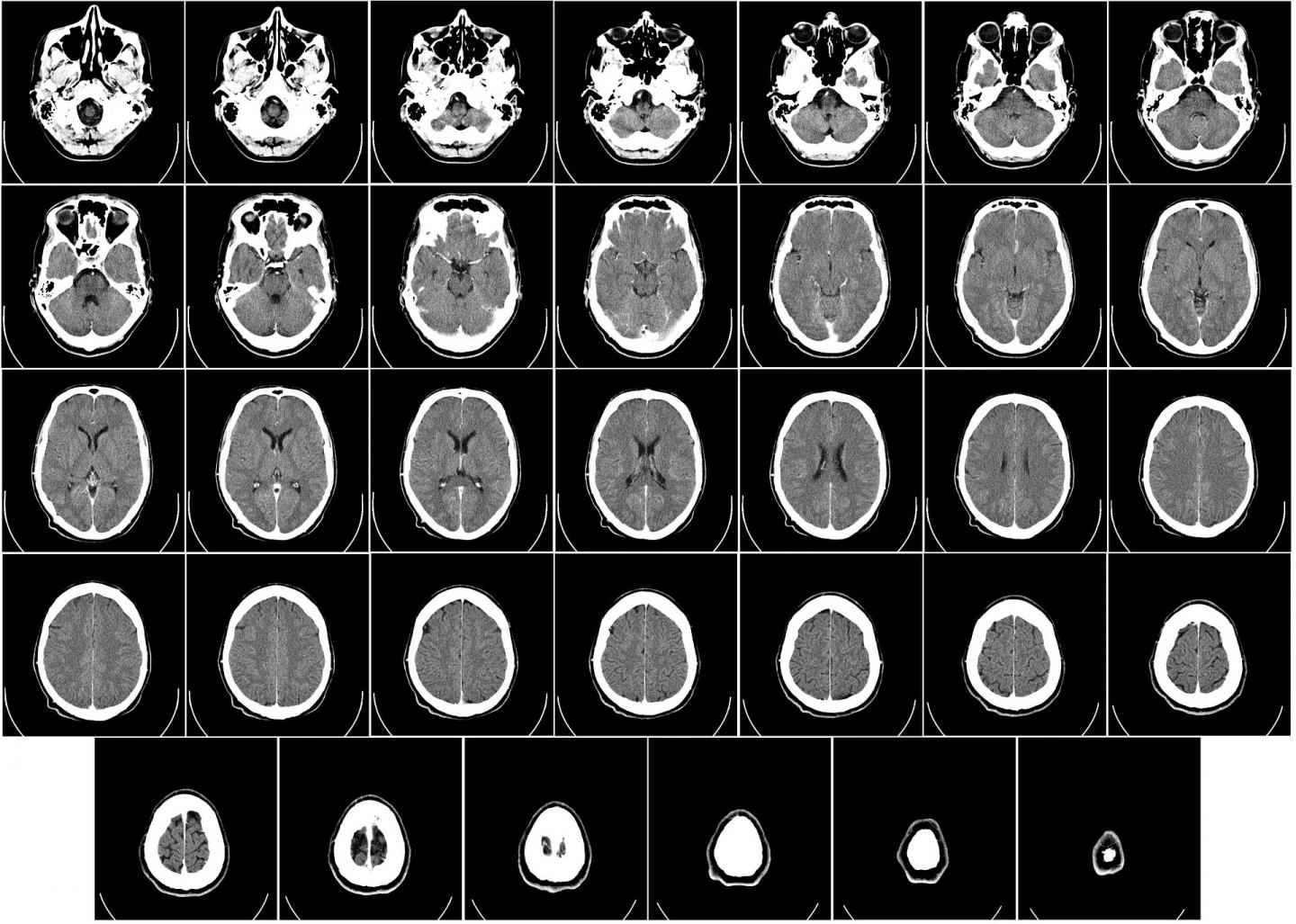A dual-modality approach to motion-corrected tomography for medical applications

The aim of this project was to develop a motion-corrected tomography system, combining electrical impedance tomography and x-ray CT imaging, for radiotherapy. One of the reasons for cancer treatment failure – particularly in lung and liver cases – is that internal organs move when the patient breathes, literally making tumours a moving target. At the current time, around 30% of conventional radiotherapy treatments fail and the project hoped to improve this statistics by enhancing the efficacy of radiotherapy as a treatment for cancer. The project was a collaboration with the Engineering Tomography Laboratory at a UK-based university and KT funding to support two full-time PhD students.
In 2016, the Tomographic Iterative GPU-based Reconstruction (TIGRE) Toolbox was released and is available open source on GitHub. It offers a simple and accessible way to improve imaging and potentially reduce radiation doses for patients. The software is based on Cone Beam Computed Tomography, a scanning process that takes 2D X-ray pictures and processes them into a 3D image. The collaboration hopes their open source approach will bring together academics and clinicians.
Learn more in this article and Indico presentation.
